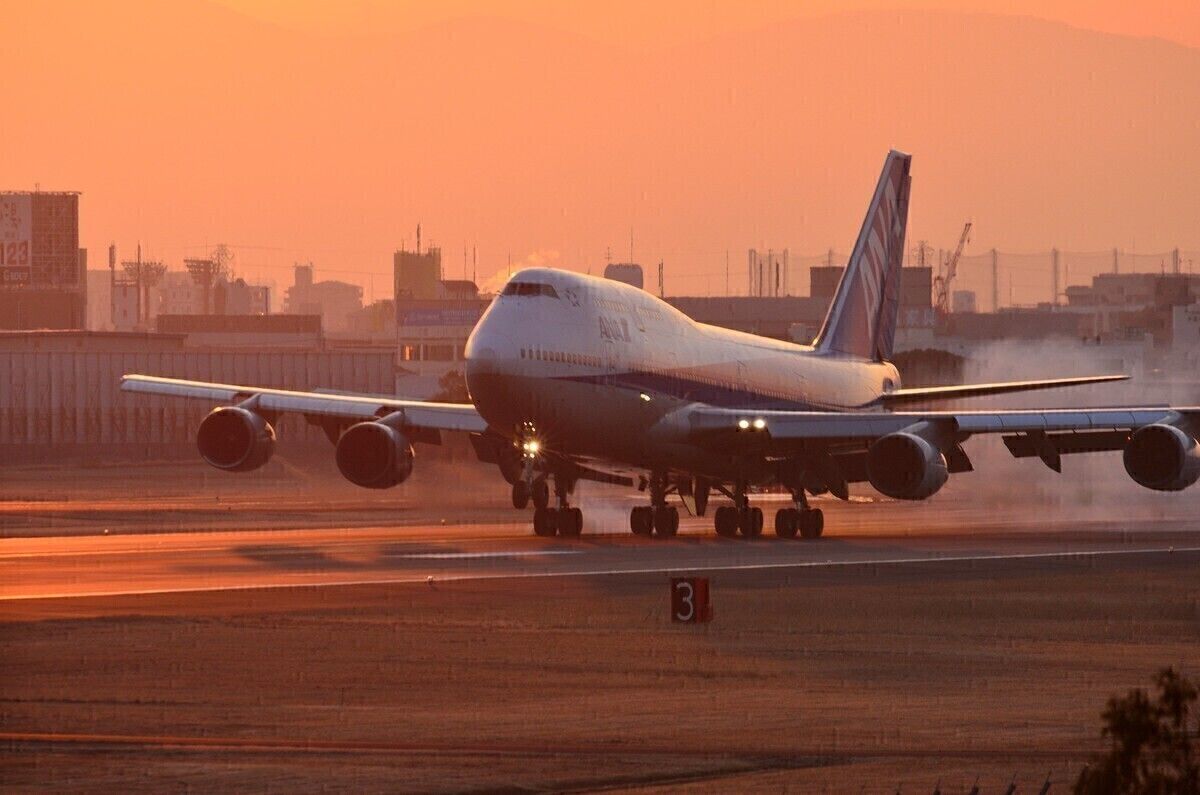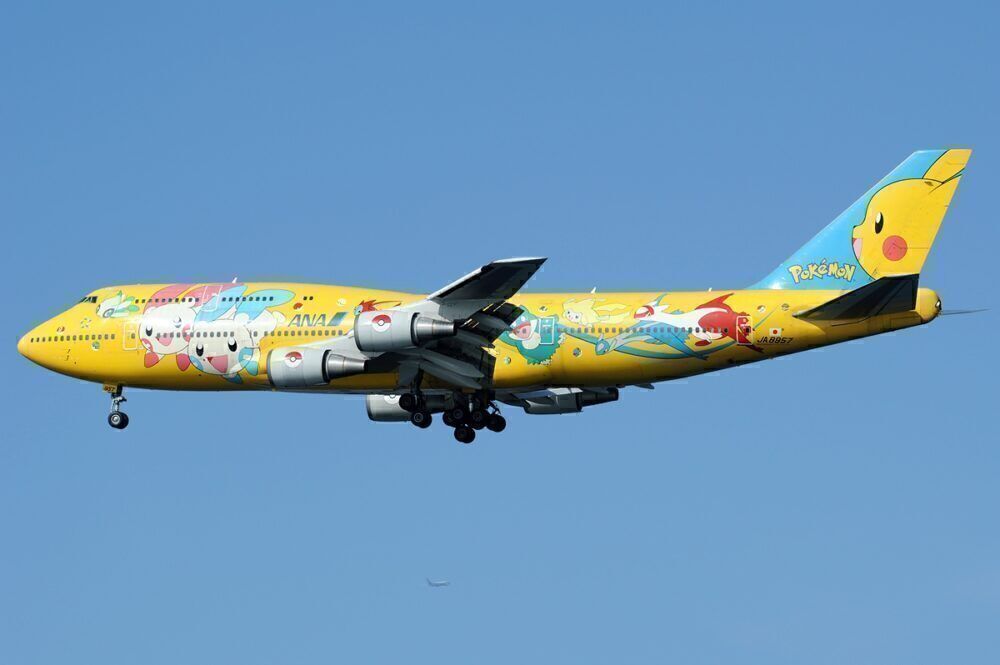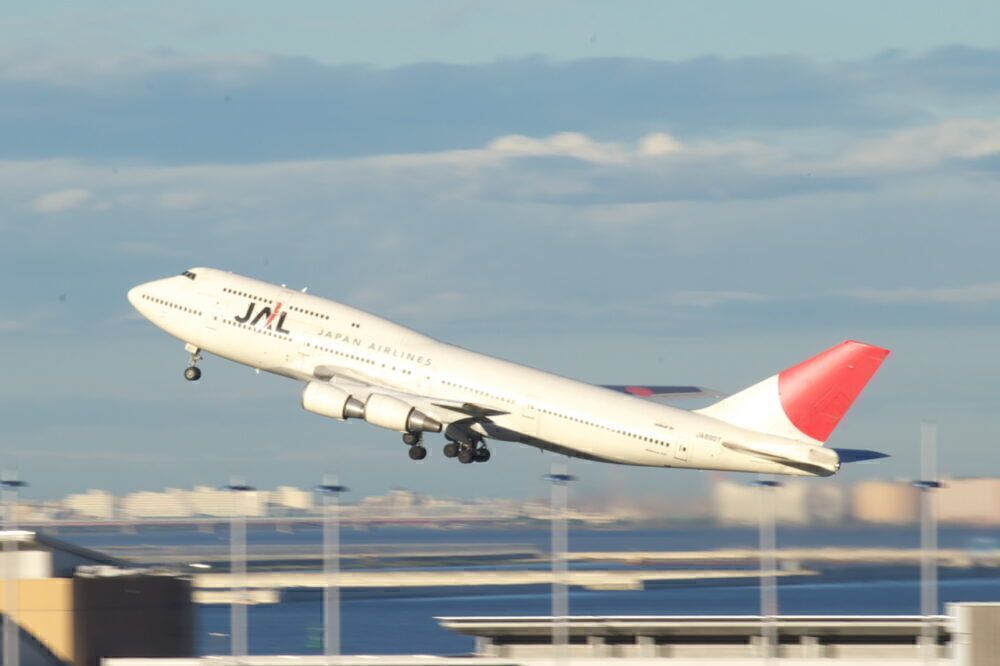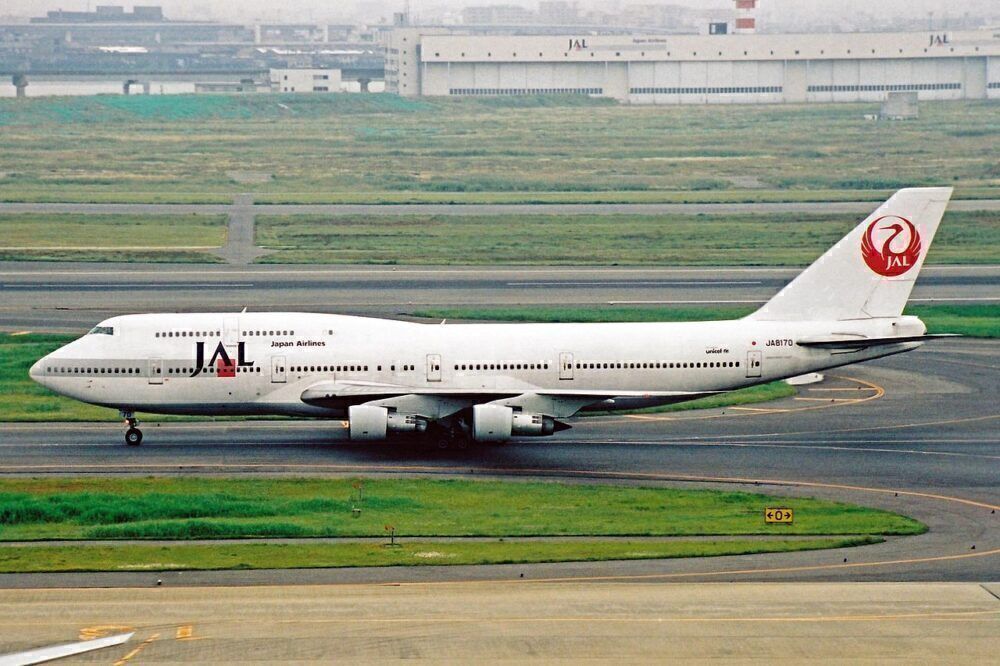The ongoing downturn in passenger demand has sadly led to larger aircraft such as the Boeing 747 falling out of favor in the last year. In its glory days, it was among the most iconic long-haul jetliners of its time, and was known among its admirers as the 'Queen of the Skies.' However, while we associate it with longer journeys, Boeing also created a special variant for shorter hops. This was known as the Boeing 747-400D.
Driven by Japanese domestic demand
The popular Boeing 747-400 made its first flight in April 1988. By February the next year, it had made its maiden revenue-earning voyage with Northwest Airlines, and it quickly became a staple of long-haul travel worldwide. However, in a particular market, certain carriers realized that they could also put its huge capacity to use on shorter flights.
The sector in question was Japan's busy domestic market. This featured several dense corridors between major cities with high passenger volumes that airlines could better serve with larger aircraft. As such, Boeing found that there was sufficient demand to produce a modified version of its contemporary 747-400, which it named the 747-400D (for 'Domestic').
Stay informed: Sign up for our daily and weekly aviation news digests.
The 747-400D featured several key differences compared to the longer-range model. For example, it did away with the winglet typically found on the standard 747-400. This was because, on hour-long flights, the aerodynamic advantage of such devices was negligible. According to Air747 by Sam Chui and Charles Kennedy, each winglet weighs 66 kg. As such, keeping them would only have increased the plane's weight and operating costs.
The 747-400D also had extra rows of seats at the rear of the upper deck. These replaced the galley, which airlines did not need for catering on such short flights. However, interestingly enough, airlines could have converted the aircraft back to a standard 747-400.
Who flew the aircraft?
Boeing produced just 21 examples of its high-density 747-400D model. Japanese carriers All Nippon Airways (ANA) and Japan Airlines (JAL) flew the type on their busiest domestic routes. As well as providing much-needed extra capacity, ANA also used some of these aircraft to sport colorful, promotional paint schemes advertising Pokémon.
According to Planespotters.net, ANA flew 13 examples of the 747-400D between 1992 and 2014. This saw the aircraft outlast the last of the airline's regular 747-400s by around three years. Meanwhile, JAL flew eight 747-400Ds for a 20-year period, spanning from 1991 until 2011.
Not the first short-range 747
As it happens, the 747-400D was not the first short-range subvariant of the iconic jumbo jet that Boeing produced. Indeed, it was preceded by the 747-100SR, which had served a similar role in the Japanese domestic market. JAL was the only carrier to receive the -100SR, which entered service with the airline in October 1973.
Boeing also produced 20 examples of a version known as the -100BSR, which had a higher maximum takeoff weight. Once again, JAL flew some of these aircraft, alongside ANA, who operated it as recently as 2006. Finally, Boeing built a further two -100BSR variants with a stretched upper deck. Much like ANA with the -100BSR, JAL also flew these aircraft, which had an increased capacity of 563 seats, until 2006.
Did you know about the Boeing 747-400D? Perhaps you've flown on one of these high-density jumbos? Let us know your thoughts and experiences in the comments!




